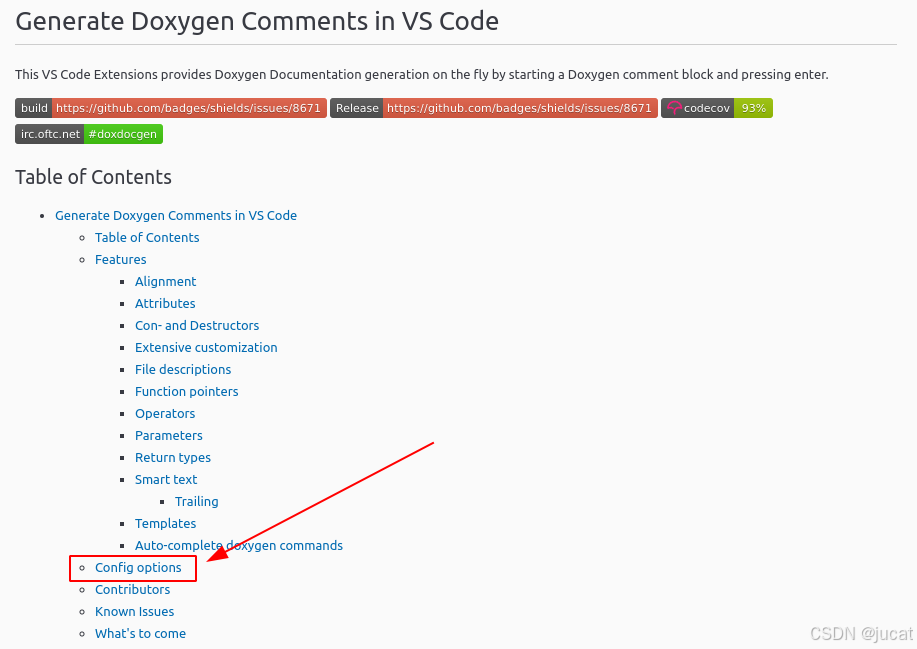Apache Beam是一个开源的统一编程模型,用于定义和执行数据处理流水线,支持批处理和流处理。Beam旨在提供一个简单、可扩展且灵活的框架,适用于各种数据处理任务。本文将详细介绍如何使用Apache Beam进行批处理和流处理,并通过Java代码示例帮助新人理解。
1. Apache Beam简介
Apache Beam的核心概念包括:
- Pipeline:代表整个数据处理任务。
- PCollection:代表数据集,可以是有限的(批处理)或无限的(流处理)。
- PTransform:代表数据转换操作。
- Runner:负责执行Pipeline,可以是本地执行或分布式执行(如Google Cloud Dataflow、Apache Flink等)。
2. 安装与配置
首先,需要在项目中添加Apache Beam的依赖。在Maven项目中,可以在pom.xml中添加以下依赖:
<dependency>
<groupId>org.apache.beam</groupId>
<artifactId>beam-sdks-java-core</artifactId>
<version>2.36.0</version>
</dependency>
<dependency>
<groupId>org.apache.beam</groupId>
<artifactId>beam-runners-direct-java</artifactId>
<version>2.36.0</version>
</dependency>
3. 创建一个简单的批处理Pipeline
以下是一个简单的批处理示例,读取一个文本文件并计算每个单词的出现次数。
import org.apache.beam.sdk.Pipeline;
import org.apache.beam.sdk.io.TextIO;
import org.apache.beam.sdk.options.PipelineOptions;
import org.apache.beam.sdk.options.PipelineOptionsFactory;
import org.apache.beam.sdk.transforms.Count;
import org.apache.beam.sdk.transforms.FlatMapElements;
import org.apache.beam.sdk.transforms.MapElements;
import org.apache.beam.sdk.values.KV;
import org.apache.beam.sdk.values.TypeDescriptors;
public class WordCountBatch {
public static void main(String[] args) {
PipelineOptions options = PipelineOptionsFactory.create();
Pipeline pipeline = Pipeline.create(options);
pipeline
.apply(TextIO.read().from("path/to/input.txt"))
.apply(FlatMapElements.into(TypeDescriptors.strings())
.via(line -> Arrays.asList(line.split("\\s+"))))
.apply(Count.perElement())
.apply(MapElements.into(TypeDescriptors.strings())
.via(kv -> kv.getKey() + ": " + kv.getValue()))
.apply(TextIO.write().to("path/to/output"));
pipeline.run().waitUntilFinish();
}
}
代码解释:
- 创建Pipeline:使用
PipelineOptionsFactory.create()创建Pipeline选项,然后创建Pipeline实例。 - 读取文件:使用
TextIO.read().from("path/to/input.txt")读取输入文件。 - 分割单词:使用
FlatMapElements将每行文本分割成单词。 - 计数:使用
Count.perElement()计算每个单词的出现次数。 - 格式化输出:使用
MapElements将结果格式化为字符串。 - 写入文件:使用
TextIO.write().to("path/to/output")将结果写入输出文件。 - 运行Pipeline:调用
pipeline.run().waitUntilFinish()运行并等待Pipeline完成。
4. 创建一个简单的流处理Pipeline
以下是一个简单的流处理示例,从Kafka读取数据并计算每个单词的出现次数。
import org.apache.beam.sdk.Pipeline;
import org.apache.beam.sdk.io.kafka.KafkaIO;
import org.apache.beam.sdk.options.PipelineOptions;
import org.apache.beam.sdk.options.PipelineOptionsFactory;
import org.apache.beam.sdk.transforms.Count;
import org.apache.beam.sdk.transforms.FlatMapElements;
import org.apache.beam.sdk.transforms.MapElements;
import org.apache.beam.sdk.values.KV;
import org.apache.beam.sdk.values.TypeDescriptors;
import org.apache.kafka.common.serialization.StringDeserializer;
public class WordCountStream {
public static void main(String[] args) {
PipelineOptions options = PipelineOptionsFactory.create();
Pipeline pipeline = Pipeline.create(options);
pipeline
.apply(KafkaIO.<String, String>read()
.withBootstrapServers("localhost:9092")
.withTopic("input-topic")
.withKeyDeserializer(StringDeserializer.class)
.withValueDeserializer(StringDeserializer.class)
.withoutMetadata())
.apply(MapElements.into(TypeDescriptors.strings())
.via(kv -> kv.getValue()))
.apply(FlatMapElements.into(TypeDescriptors.strings())
.via(line -> Arrays.asList(line.split("\\s+"))))
.apply(Count.perElement())
.apply(MapElements.into(TypeDescriptors.strings())
.via(kv -> kv.getKey() + ": " + kv.getValue()))
.apply(TextIO.write().to("path/to/output"));
pipeline.run().waitUntilFinish();
}
}
代码解释:
- 创建Pipeline:使用
PipelineOptionsFactory.create()创建Pipeline选项,然后创建Pipeline实例。 - 读取Kafka数据:使用
KafkaIO.read()从Kafka读取数据。 - 提取值:使用
MapElements提取Kafka记录的值。 - 分割单词:使用
FlatMapElements将每行文本分割成单词。 - 计数:使用
Count.perElement()计算每个单词的出现次数。 - 格式化输出:使用
MapElements将结果格式化为字符串。 - 写入文件:使用
TextIO.write().to("path/to/output")将结果写入输出文件。 - 运行Pipeline:调用
pipeline.run().waitUntilFinish()运行并等待Pipeline完成。
5. 总结
Apache Beam提供了一个统一的编程模型,使得批处理和流处理可以无缝切换。通过上述示例,我们展示了如何使用Beam进行简单的批处理和流处理任务。希望这些示例能帮助新人更好地理解和使用Apache Beam。
通过深入学习Beam的各种转换和IO操作,你可以构建更复杂和强大的数据处理流水线,满足各种业务需求。

































